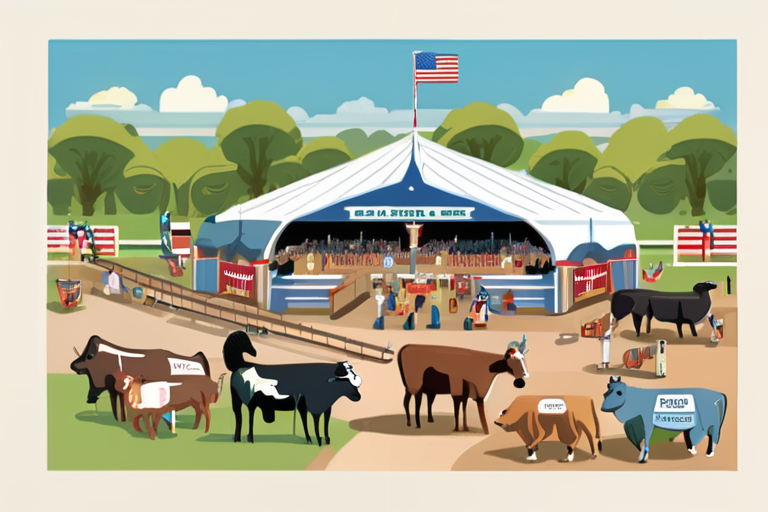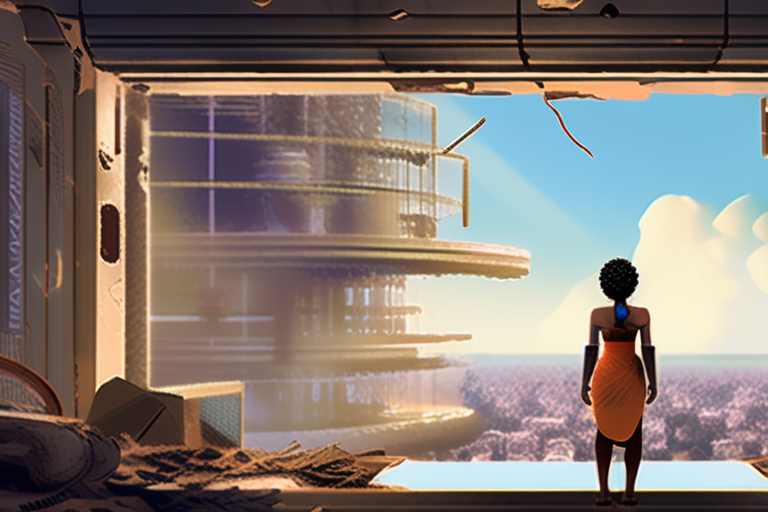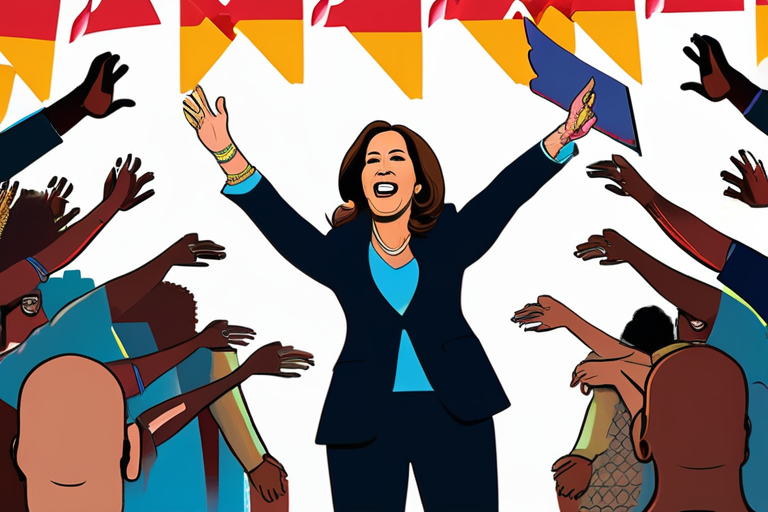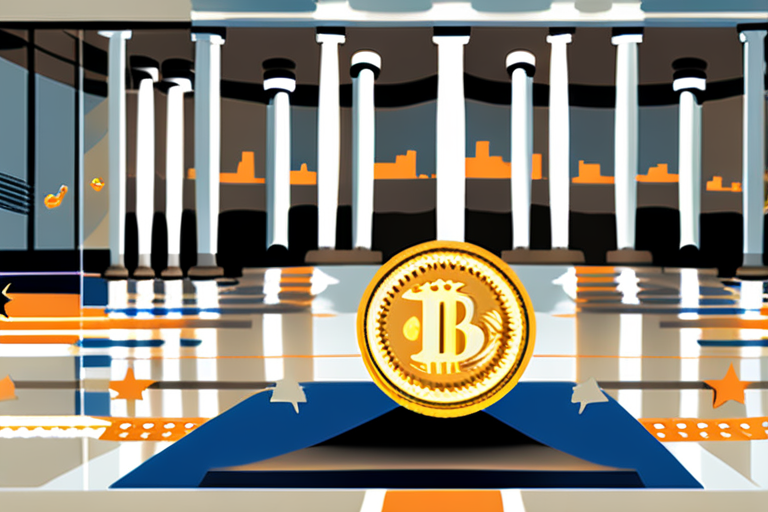State Fairs Evolve from Humble Livestock Shows to $30 Billion Spectaculars


Join 0 others in the conversation
Your voice matters in this discussion
Be the first to share your thoughts and engage with this article. Your perspective matters!
Discover articles from our community
 Hoppi
Hoppi

 Hoppi
Hoppi

 Hoppi
Hoppi

 Hoppi
Hoppi

 Hoppi
Hoppi

 Hoppi
Hoppi
Supreme Court Agrees to Hear Challenge to Some of Trump's Sweeping Tariffs The Supreme Court announced Tuesday that it will …

Hoppi

"Memory of Princess Mumbi" Explores Beauty in Small Moments, Loss, and AI: A Glimpse into the Future of Filmmaking In …

Hoppi

Kamala Harris' First Book Tour Appearance Disrupted by Gaza Protesters NEW YORK - Kamala Harris' first book tour event to …

Hoppi

US Fed loss of independence a serious danger, says LagardeTheo LeggettInternational business correspondent, BBC NewsThe head of the European Central …

Hoppi

2025 VMAs Deliver Largest TV Audience in Six Years The 2025 MTV Video Music Awards (VMAs) drew its largest television …

Hoppi

TikTok to Stay in US After Deal with Trump Administration In a surprise move, President Donald Trump announced on [date] …

Hoppi